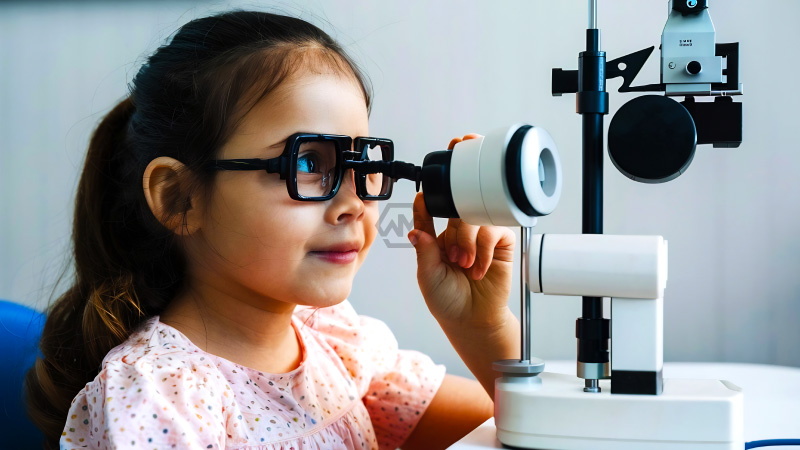- Myopia is increasingly prevalent among children due to lifestyle and environmental factors.
- Common symptoms include difficulty seeing distant objects clearly.
- Eye exercises and preventive measures can help slow myopia progression.
Myopia, or nearsightedness, is becoming a significant health issue among children worldwide. Modern lifestyles, including increased screen time and reduced outdoor activities, are contributing to this trend. Early symptoms, such as squinting or difficulty reading distant signs, are often overlooked.
Preventive measures include encouraging children to spend more time outdoors, limiting excessive screen exposure, and practicing eye exercises.
Tackling Childhood Myopia: Prevention and Care
Childhood myopia is closely linked to lifestyle changes, with prolonged screen time and limited outdoor play being major contributors. Parents and educators play a crucial role in creating a balanced routine that prioritizes eye health. Simple adjustments, like better lighting and posture during reading, can also minimize strain on young eyes.
Recent advancements in vision care, including myopia-control lenses and atropine eye drops, are providing effective options for managing the condition. Experts suggest integrating these solutions with regular habits like eye exercises for long-term benefits.
Public awareness campaigns are essential to educate families about the importance of early detection. Schools can implement vision screenings to identify students who may require attention. Communities must work together to address this growing concern.
Encouraging a holistic approach to eye care can ensure that children develop healthier visual habits. This includes a mix of preventive measures, medical advice, and an emphasis on reducing screen dependence.
Protecting children’s vision requires a multi-pronged approach, combining lifestyle changes, medical interventions, and consistent awareness efforts.
“An ounce of prevention is worth a pound of cure.” — Benjamin Franklin



